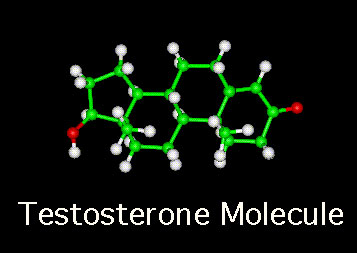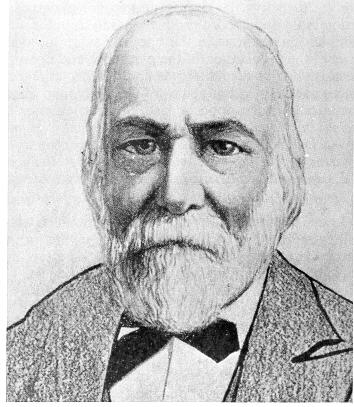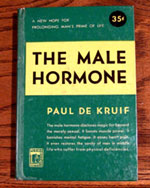|
||
History of Testosterone Replacement Therapy (TRT) |
 Organotherapy, the notion of ‘treating like with like,’ dates
from the folklore of antiquity. Conceptually, testosterone replacement
therapy (TRT) is a descendent of that folklore. However, a scientific
framework for testosterone replacement therapy (TRT) was set by three
remarkable pieces of research.
Organotherapy, the notion of ‘treating like with like,’ dates
from the folklore of antiquity. Conceptually, testosterone replacement
therapy (TRT) is a descendent of that folklore. However, a scientific
framework for testosterone replacement therapy (TRT) was set by three
remarkable pieces of research.
The first was the 1849
work of Arnold Berthauld, who was curator of the zoo in Goettingen,
Germany. Berthauld observed that when roosters were castrated, they
ceased to fight, crow, or mate.
“…a radical change took place in me….I fully regained my old powers….My limbs…showed a decided gain of strength. With regard to the facility of intellectual labour,…a return to my previous ordinary condition became quite manifest during and after the first two or three days of my experiments.”  Subsequently, Brown-Sequard’s extract was shown to be almost devoid
of androgen and the benefits an apparent placebo effect. Nevertheless,
the drama associated with his studies caused great public interest in
the possibility of testosterone supplementation. The heightened public
and scientific interest created by Brown-Sequard eventually led to the
Nobel-winning synthesis of the hormone in the
mid-1930s and to the reality of medical testosterone replacement therapy
(TRT).
Subsequently, Brown-Sequard’s extract was shown to be almost devoid
of androgen and the benefits an apparent placebo effect. Nevertheless,
the drama associated with his studies caused great public interest in
the possibility of testosterone supplementation. The heightened public
and scientific interest created by Brown-Sequard eventually led to the
Nobel-winning synthesis of the hormone in the
mid-1930s and to the reality of medical testosterone replacement therapy
(TRT). The third piece of science framing TRT came in 1944, a decade after testosterone was first synthesized. In a J.A.M.A. article, “The Male Climacteric,” two internists from Detroit, Carl Heller and Gordon Myers, showed that some aging men develop symptoms attributable to hypogonadism.
The symptoms include depression, impaired memory, easy fatigability, and loss of sexual vigor. Since measurement of serum testosterone was not then practical, Heller and Myers made the diagnosis of ‘male climacteric’ by testicular biopsy and a bioassay showing increased urinary gonadotropin levels. Increased gonadotropins were present in castrate men and men with male climacteric, while normal gonadotropin levels were found in normal men and men with psychogenic impotence. Heller and Myers also showed that in men with the climacteric, symptoms and gonadotropin levels reverted to normal with administration of testosterone propionate. These and other studies were brought to popular attention in a widely-read book of that era, “The Male Hormone (1945),” by Paul de Kruif. Key References Freeman ER, Bloom DA, and McGuire EJ. A Brief History of Testosterone, J. Urol. 165: 371, 2001. Hoberman JM and Yesalis CE. History of Synthetic Testosterone. Sci.Am., 1995 (February), p. 76. |
||||
|
|

 Further, their comb regressed. The roosters’ normal behavior (and
comb growth) could be restored by re-implantation of the testes. Berthauld
concluded that, “The testes act upon the blood, and the
blood acts upon the whole organism.” Thus was the first
hormone testosterone discovered, and in fact, endocrinology born.
Further, their comb regressed. The roosters’ normal behavior (and
comb growth) could be restored by re-implantation of the testes. Berthauld
concluded that, “The testes act upon the blood, and the
blood acts upon the whole organism.” Thus was the first
hormone testosterone discovered, and in fact, endocrinology born. 
